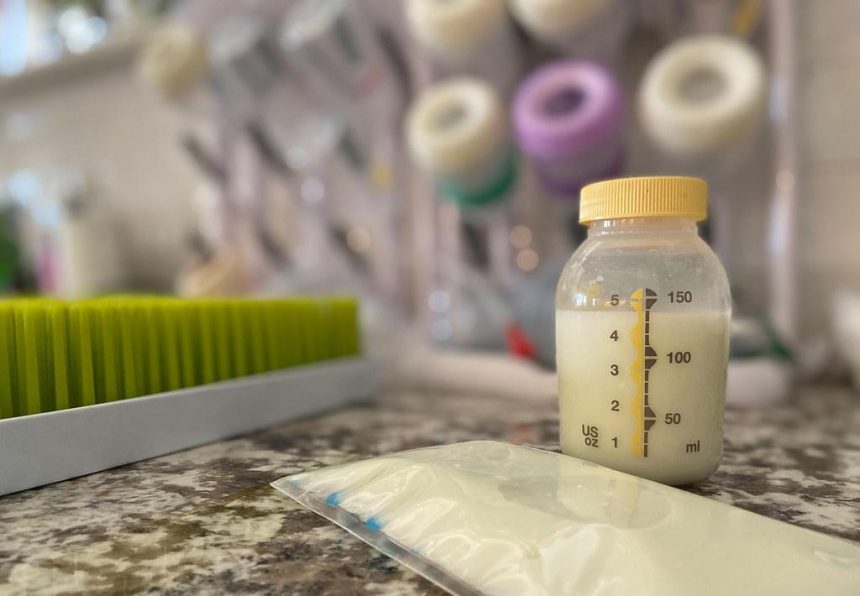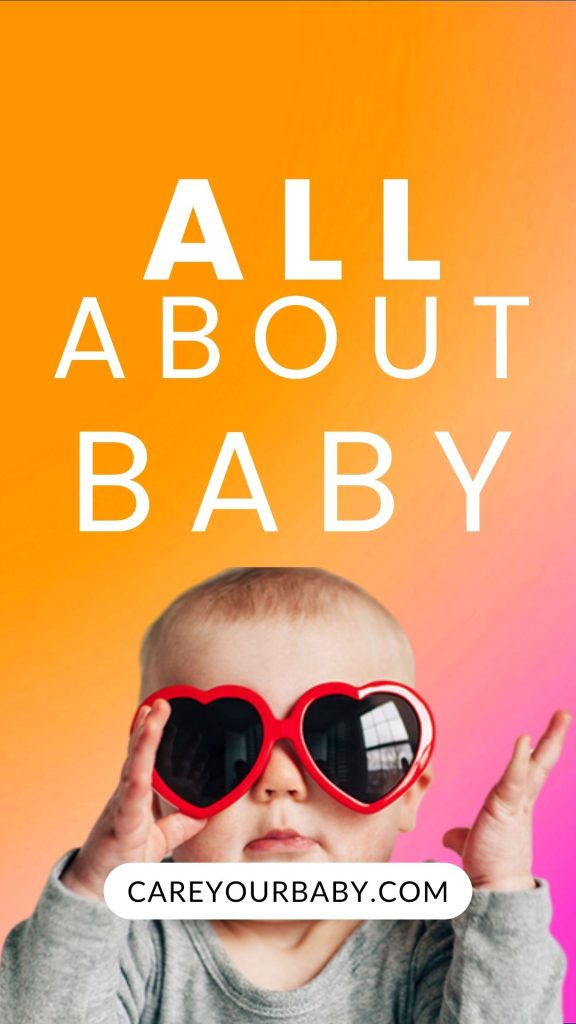In the delicate dance of parenting, few tasks are as nurturing as providing the best nutrition for your little one. Breastmilk, often heralded as nature’s perfect food, holds a treasure trove of nutrients essential for your baby’s growth and development. However, when it comes to heating and storing this precious liquid, uncertainty can often overshadow the delights of breastfeeding. How long is breastmilk good after heating? This question, though seemingly straightforward, carries vital implications for ensuring the health and safety of your child. In this article, we will unravel the essential storage guidelines and best practices for handling breastmilk, empowering you with the knowledge needed to make informed decisions about its warmth and preservation. Whether you’re a seasoned parent or navigating this journey for the first time, understanding the intricacies of breastmilk storage is crucial for providing the best start for your baby.
Understanding the Safety of Heated Breastmilk
When it comes to feeding your little one, understanding the dynamics of heated breastmilk is crucial for maintaining its safety and nutritional value. After heat exposure, it is essential to adhere to storage guidelines to ensure that your baby receives the healthiest milk possible. Breastmilk can be safely heated in a variety of ways, including warm water baths or bottle warmers, but care should be taken not to scald the milk, as high temperatures can destroy essential nutrients. Once heated, breastmilk should not be left unrefrigerated for longer than two hours to prevent bacterial growth.
To optimize safety and preserve the quality of heated breastmilk, consider the following key practices:
- Immediate Consumption: Serve warmed milk to your baby right away.
- Storage Method: If not consumed, immediately refrigerate the milk.
- Reheating Limit: Avoid reheating milk that has already been heated and then cooled.
Adhering to these guidelines can help to minimize risks and ensure that your baby enjoys the full benefits of breastmilk, even after it has been warmed for feeding.
Recognizing Signs of Spoilage in Heated Breastmilk
When it comes to heated breastmilk, it’s essential to be vigilant about recognizing its spoilage signs. Fresh breastmilk has a subtle, sweet aroma, but if the milk begins to develop a sour or rancid smell, it’s a red flag that it may be spoiling. Additionally, changes in consistency can indicate spoilage; if the milk appears clumpy or has an unusual texture, it should not be consumed. **Separation** of the milk into layers is typical and harmless, but if you notice curdling or a thick sediment forming, it’s best to err on the side of caution.
Temperature plays a critical role in the longevity of heated breastmilk. If milk has been heated and then left out at room temperature, it should ideally be consumed or discarded within **two hours**. Keeping an eye on the color can also help; fresh milk ranges from off-white to light yellow, whereas spoiled milk may take on a duller appearance. Remember that while reheating is convenient, it should be avoided after the initial heating. To summarize the signs of spoilage, here’s a quick reference:
| Sign | Description |
|---|---|
| Odor | Sour or rancid smell |
| Consistency | Clumpy or thick texture |
| Color | Dull appearance, not off-white or yellow |
| Separation | Curdling or heavy sediment |
Optimal Storage Practices for Convenience and Freshness
To ensure the convenience and freshness of breastmilk after heating, it is essential to follow specific **storage practices**. Start by only warming the amount you anticipate using at that particular feeding. Once breastmilk has been heated, it’s crucial to adhere to the guideline of using it within a certain timeframe. Typically, breastmilk that has been heated can be safely consumed within **2 hours**. After this period, any unused milk should be discarded to prevent potential bacterial growth.
When storing breastmilk, consider the following best practices to maintain its quality:
- Use BPA-free containers or breastmilk storage bags.
- Clearly label containers with the date and time of expression.
- Store in the back of the refrigerator or freezer, where temperatures remain consistent.
For a quick reference on storage times, the following table outlines the recommended periods for breastmilk storage in various conditions:
| Storage Location | Duration |
|---|---|
| Room Temperature (up to 77°F or 25°C) | 4 hours |
| Refrigerator (up to 40°F or 4°C) | Up to 4 days |
| Freezer (0°F or -18°C) | 6 months |
Key Tips for Parents: Maximizing the Shelf Life of Heated Milk
To ensure that heated breast milk maintains its quality and safety, it is crucial for parents to follow a few essential guidelines. Always heat milk slowly to avoid hotspots which can destroy valuable nutrients. When warming breast milk, it’s best to use a warm water bath or an immersion heater instead of the microwave, which can unevenly heat and spoil the milk. After heating, remember to serve only what is needed; any leftover milk should not be reheated again. Instead, store it properly to maximize its shelf life.
When it comes to storage, consider the following tips: Label containers with the date and time so you can keep track of freshness. After heating, uneaten breast milk can generally be kept at room temperature for up to 2 hours, but if refrigerated, ensure it’s used within 24 hours. For longer storage, consider freezing, but take note of the essential defrosting rules to retain the quality. Implementing these practices not only safeguards your child’s nutrition but also helps in creating a more efficient feeding routine.
Q&A
Q&A: How Long Is Breastmilk Good After Heating? Essential Storage Guidelines
Q1: How long can I keep warmed breastmilk at room temperature?
A1: Once breastmilk has been heated, it is best used within 2 hours if left at room temperature. After this window, it’s recommended to discard any leftover milk to ensure your little one’s safety.
Q2: What happens if I reheat breastmilk multiple times?
A2: Reheating breastmilk multiple times is not advisable. Each time the milk is warmed and cooled, the risk of bacterial growth increases. To maintain the quality and safety of the milk, it’s best to only heat what you will use in a single feeding.
Q3: Can I store warmed breastmilk in the refrigerator?
A3: No, once breastmilk has been warmed, it should not be placed back in the fridge for later use. Its safety diminishes, so any milk that has been heated should ideally be used right away or discarded.
Q4: Is there a safe way to reheat breastmilk?
A4: Absolutely! The best method to reheat breastmilk is to use warm water. Place the bottle in a bowl of warm water or run it under warm tap water. This gentle heating method helps preserve the milk’s nutrients. Avoid using the microwave, as it can create hot spots that could scald your baby.
Q5: How should I store breastmilk to maximize its shelf life before heating?
A5: Store freshly expressed breastmilk in clean, BPA-free containers or breastmilk storage bags. It can be safely kept in the refrigerator for up to 4 days or frozen for up to 6 months. Always label your containers with the date, so you know when to use them by.
Q6: Is there a guideline for how long breastmilk can be kept in the freezer?
A6: Yes! Breastmilk can be stored in a standard freezer for up to 6 months, and up to 12 months in a deep freezer. For best quality, use it within the first 6 months. Always remember to thaw milk in the refrigerator or under running warm water, not at room temperature.
Q7: Can I tell if breastmilk is still good after heating?
A7: While you can’t always tell by smell or taste, if breastmilk smells sour or off, it’s best not to use it. Fresh milk typically has a mild, slightly sweet scent. Trust your instincts: when in doubt, throw it out!
Q8: Are there any special considerations for feeding preterm or ill babies?
A8: Yes, for preterm or ill infants, it’s particularly important to ensure that breastmilk is consumed shortly after warming to lessen risks. Consult with a healthcare professional to get specific guidelines tailored to your baby’s needs.
Q9: What can I do with leftover breastmilk after a feeding?
A9: Any breastmilk left after a feeding should be discarded to maintain your baby’s safety. It’s essential not to save it for later use once it has been warmed and served.
Q10: Where can I find additional resources on breastmilk storage and handling?
A10: Trusted resources include healthcare providers, lactation consultants, and reputable websites such as the Centers for Disease Control and Prevention (CDC) and the World Health Organization (WHO). Always seek professional guidance tailored to your situation for the best practices.
Navigating the world of breastmilk storage can be filled with questions, but keeping these guidelines in mind will help you ensure the safety and quality of your baby’s nourishment.
The Conclusion
navigating the world of breastmilk storage can seem daunting, but understanding the guidelines surrounding heated milk is vital for both safety and nutrition. Remember, while fresh breastmilk is a powerhouse of essential nutrients, heated milk holds its value for a limited time. By adhering to the recommended timeframes and storage practices, you not only ensure your little one receives the best nourishment but also peace of mind. So, as you embark on this breastfeeding journey, equip yourself with knowledge and confidence, knowing that every drop of breastmilk is a precious gift you’re providing to your child. With careful attention to these essential storage guidelines, you can embrace the joys of parenting without the worry. Happy nursing!


